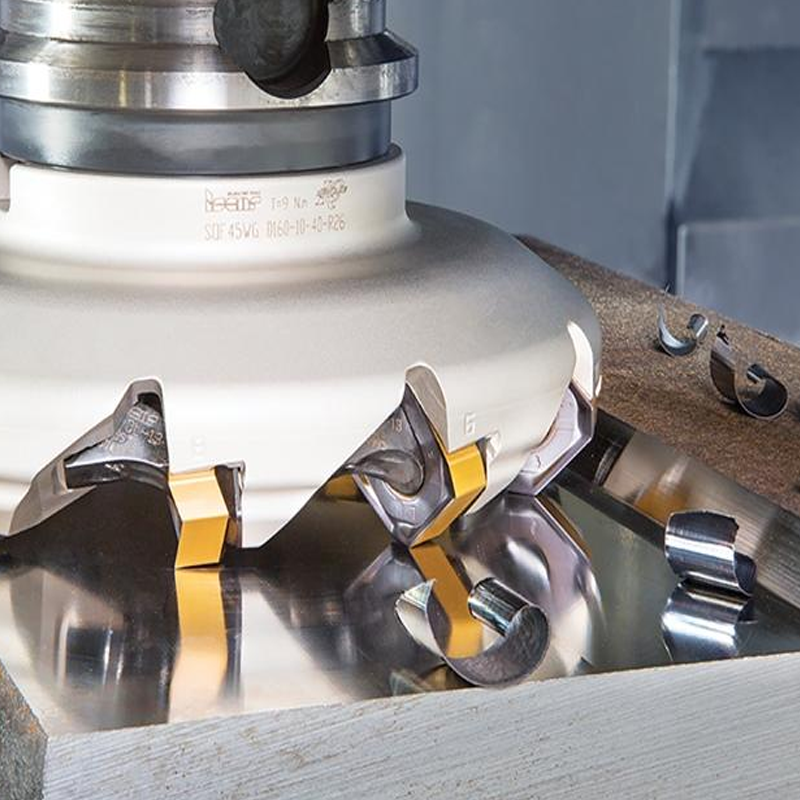At LSRmold, we understand the importance of precision when it comes to CNC machining. Face milling is one of the fundamental processes used to achieve smooth, flat surfaces on various materials, and it plays a crucial role in industries like automotive, aerospace, and heavy equipment manufacturing. If you’re looking to elevate the quality of your CNC machining projects, face milling might be exactly what you need. In this blog, we’ll dive deep into what face milling is, how it works, and why it’s essential for achieving high-quality results. We’ll also explain how our advanced CNC milling services can help streamline your production process, ensuring both efficiency and accuracy.
What is Face Milling?
Face milling is a specific CNC milling operation that focuses on the cutting action on the face of the tool as it rotates perpendicular to the surface of the workpiece. This technique is designed to create flat, even surfaces, often as a preparatory step for further machining or as a final process to achieve a refined finish. The cutting tool used in face milling is typically a face mill, which allows for efficient material removal across large areas, making it ideal for processing metals, plastics, and composites.
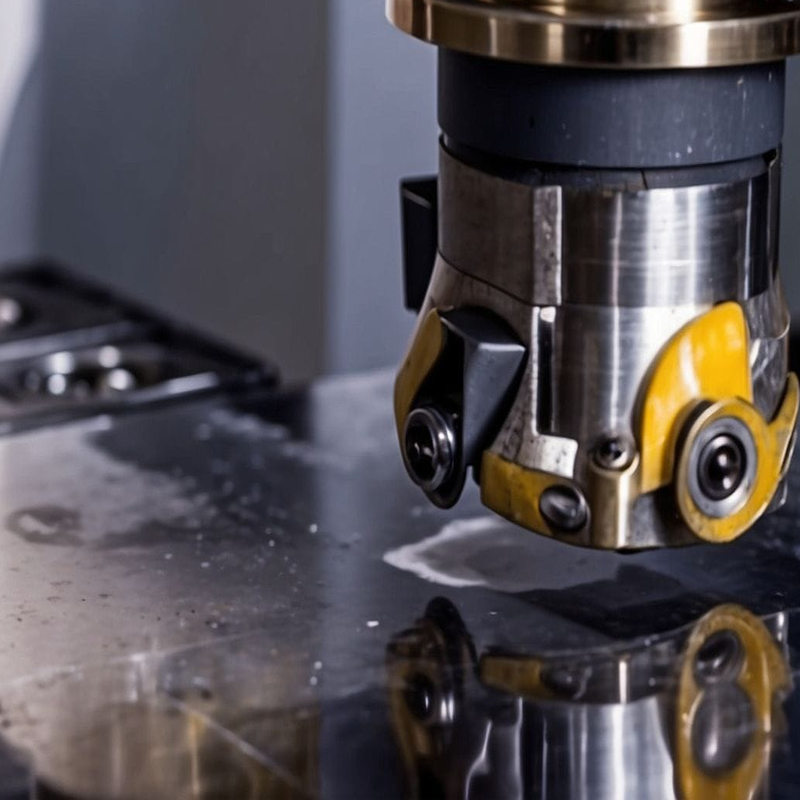
How Does the Face Milling Process Work?
Face milling involves several crucial steps to ensure that the process is efficient and delivers the desired results. Let’s break it down:
-
Preparing the Workpiece
Before starting the milling process, it’s essential to secure the workpiece properly. This prevents any movement during the operation, which could lead to inaccuracies or damage. A stable workpiece is key to ensuring precision in the final product.
-
Choosing the Right Cutter
The choice of cutter is critical to achieving the desired surface finish. Common face mill cutters include indexable face mills, shell mills, and fly cutters. The selection depends on the material of the workpiece, the surface roughness required, and the specific goals of the operation. For instance:
– Indexable Face Mills: Best for heavy-duty operations with replaceable inserts.
– Shell Mills: Ideal for roughing operations on larger workpieces.
– Fly Cutters: Perfect for fine finishes on smaller parts.
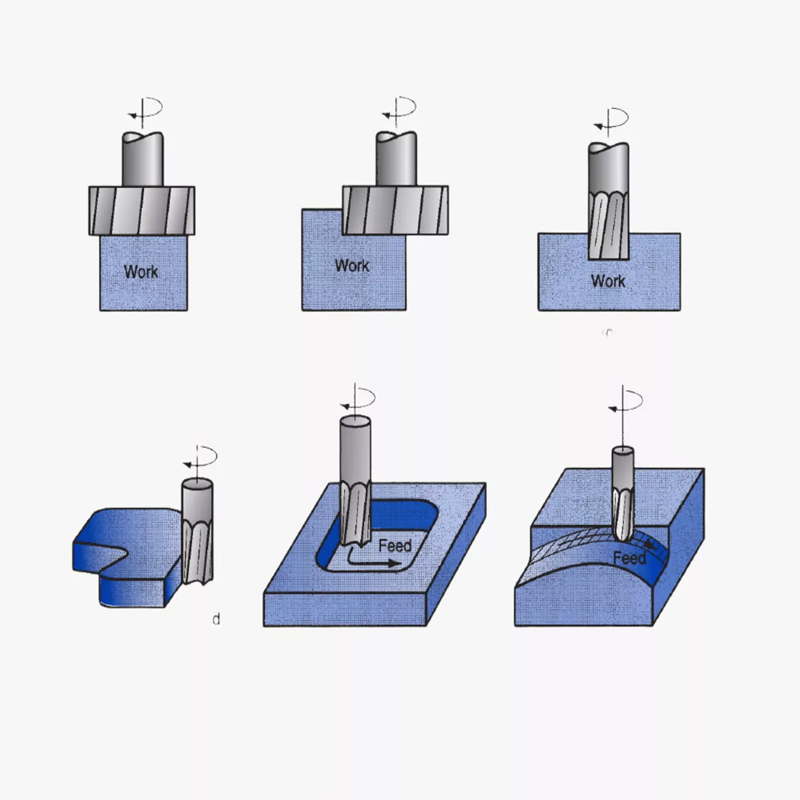
-
Optimizing the Tool Path and Feed Rate
Both the tool path and feed rate need to be optimized for the best results. The toolpath defines the movement of the cutter across the surface, while the feed rate controls how quickly material is removed. By balancing these parameters, machinists can achieve a smooth finish while maintaining efficiency.
-
Starting the Milling Operation
Once everything is set up, the milling operation can begin. The spindle speed must be controlled, and coolant should be applied to manage heat and extend tool life. Automation, which plays a significant role in CNC operations, ensures consistent precision across multiple parts.
Types of Face Milling Cutters and Their Applications
There are several types of cutters that can be used for face milling, each suited to different applications. Here are the most common:
– End Mills: These versatile cutters are excellent for creating both flat surfaces and intricate patterns, making them a good choice for various milling tasks.
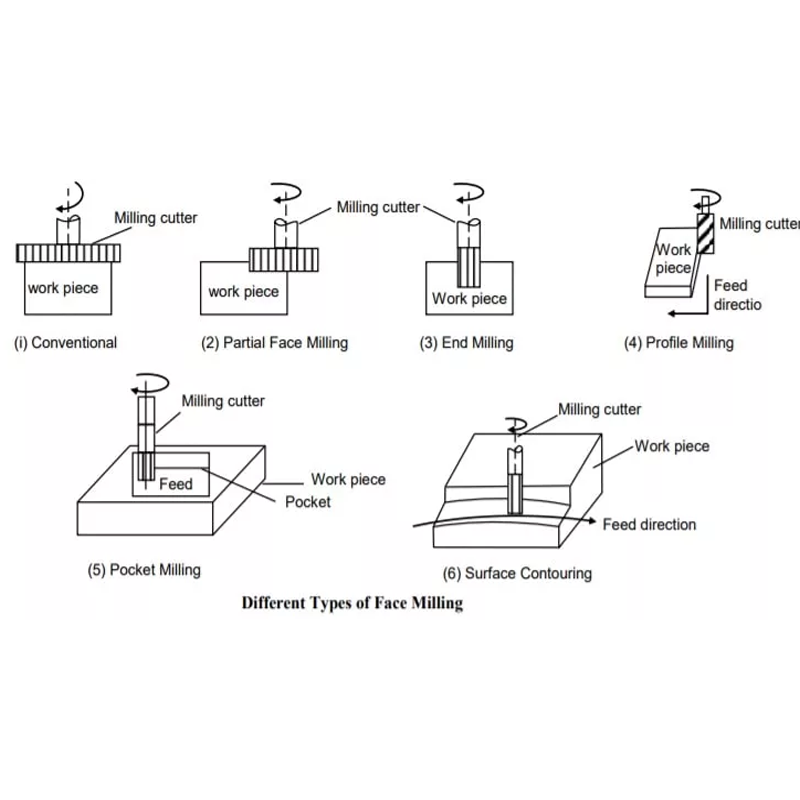
– Shell Mills: Designed for larger workpieces, shell mills are ideal for roughing operations where significant material needs to be removed.
– Fly Cutters: These tools provide a smooth surface finish and are best for smaller workpieces, where fine surface quality is essential.
Key Applications of Face Milling
Face milling serves many purposes across different industries. Here are a few key applications:
– Surface Flattening: This is perhaps the most common application of face milling, where an uneven or rough surface is leveled to create a uniform plane.
– Material Removal: In roughing operations, face milling helps remove large volumes of material quickly and efficiently.
– Finishing Operations: As the final step in a machining process, face milling provides a smooth, polished finish that meets both aesthetic and functional requirements.
– Slot and Pocket Milling: By adjusting the tool path, face milling can also create internal features like slots and pockets.
Advantages of Face Milling
Face milling is an essential technique in CNC machining due to its numerous advantages:
– Precision and Flatness: It ensures exceptional flatness and dimensional accuracy, which is essential for parts that require a stable base for further machining.
– Smooth Surface Finish: With the right cutter, face milling produces a smooth, high-quality finish suitable for both functional and cosmetic applications.

– High Material Removal Rate: Face milling allows for fast material removal, which is beneficial in roughing operations.
– Versatility: It can be used on a wide range of materials and applications, from roughing to finishing, making it a reliable choice in various industries.
Disadvantages of Face Milling
While face milling offers several benefits, there are a few limitations to keep in mind:
– Higher Tooling Costs: The cost of face mill cutters, especially high-speed and carbide-coated options, can be higher than other tools.
– Complex Setup: Proper setup of the toolpath, spindle speed, and feed rate is crucial for success, and any miscalculations can lead to inefficiencies or tool wear.
– Limited to Flat Surfaces: Face milling is best for flat surfaces and doesn’t work as well for complex geometries or parts with non-flat surfaces.
– Inconsistent Surface Finish on Large Parts: Achieving a consistent finish across very large workpieces can be challenging, as tool wear or cutter imbalance may result in variations.
Coatings and Materials for Face Milling Tools
To maximize performance, face milling tools often feature specific coatings or materials that enhance durability and cutting efficiency:
– Titanium Nitride (TiN): TiN coatings improve wear resistance, making them ideal for high-speed operations.
– Diamond Coating: Best for abrasive materials, diamond coatings are highly wear-resistant, though they tend to be more expensive.
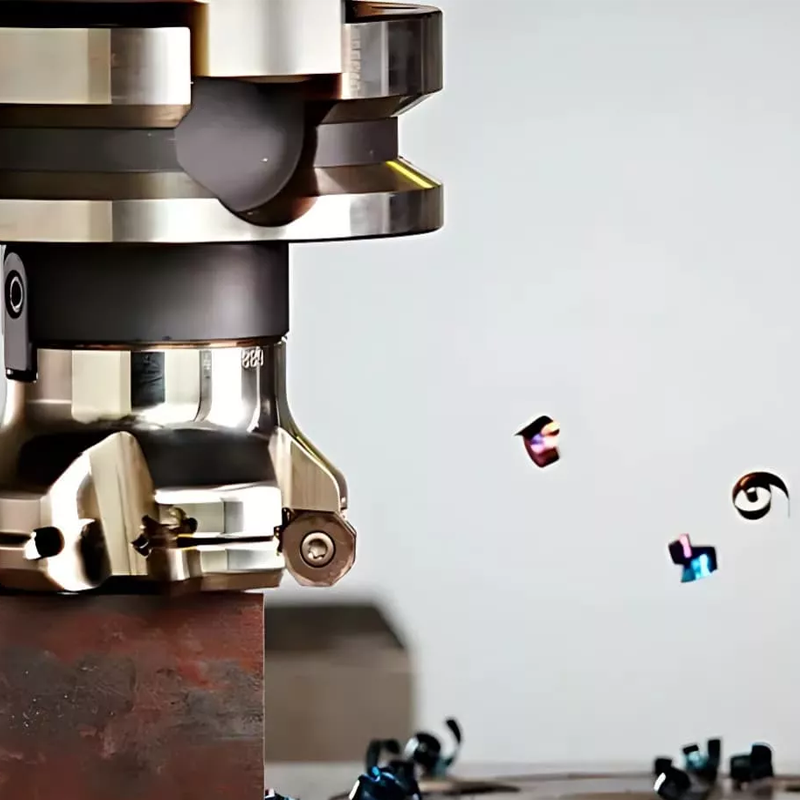
– Carbide: Carbide tools are known for their hardness and heat resistance, making them suitable for heavy-duty applications.
– High-Speed Steel (HSS): HSS cutters are more affordable and versatile, perfect for moderate-speed operations.
Best Practices for Face Milling Success
To get the best results from your face milling operation, consider the following tips:
– Choose the Right Tool: Ensure that the cutter is suited to the workpiece material and the desired finish.
– Maintain Cutter Balance: A balanced cutter prevents vibrations, leading to more consistent finishes.
– Optimize Spindle Speed: Following manufacturer recommendations helps reduce wear and improves tool efficiency.
– Avoid Milling Over Existing Holes or Slots: Milling over pre-existing holes can cause tool deflection and damage.
– Leverage CNC Automation: Automation ensures greater consistency and precision, especially for large production runs.
Face Milling vs. Peripheral Milling
While both face and peripheral milling are essential in CNC machining, they serve different purposes:
– Surface Finish: Face milling typically provides a smoother finish on large, flat surfaces, while peripheral milling is better for detailed profiles.
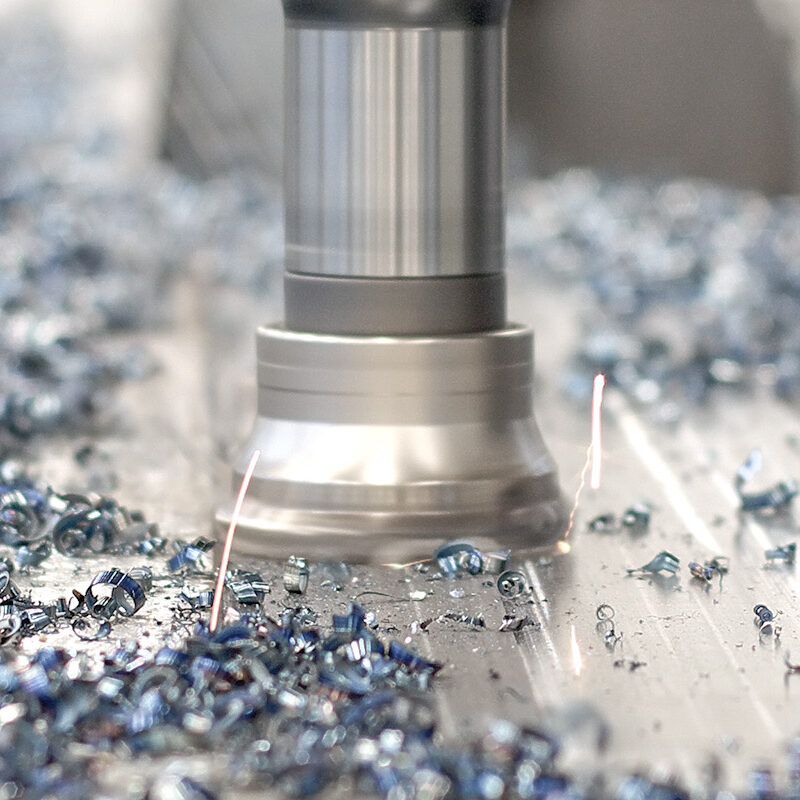
– Material Removal Rate: Face milling allows for faster material removal, especially on flat surfaces, while peripheral milling is slower but excels at creating intricate features.
Why Choose LSRmold for Your CNC Milling Needs?
At LSRmold, we offer state-of-the-art CNC milling services that cater to your specific needs, whether you’re looking for face milling, peripheral milling, or any other precision machining service. With advanced equipment and expert technicians, we ensure optimal results for your projects, from small prototypes to large-scale production runs. Our CNC milling services are designed to maximize efficiency, consistency, and quality, so you can rely on us for all your machining needs.
If you’re looking for precision CNC milling services, contact LSRmold today to learn more about how we can help bring your designs to life with top-notch face milling and other advanced machining processes.
Whether you’re in the automotive, aerospace, or heavy equipment manufacturing industry, face milling can help you achieve the smooth, precise surfaces your products require. With LSRmold’s expertise and cutting-edge technology, we’re here to provide the solutions that streamline your production and elevate your manufacturing processes. Let us help you take your project to the next level with our professional CNC milling services.

